January 17, 2013: the world’s cultural community was stunned by the news.
Thousands of irreplaceable, historic manuscripts were torched by Islamist rebels fleeing Timbuktu, in the West African nation of Mali. During their ten-month occupation of the city, the rebels destroyed monuments, artwork and sacred shrines. Then, as French-led forces advanced, the rebels retreated, but not without a final assault to the thousand year-old city.
They ransacked Timbuktu’s libraries, hoping to destroy historic manuscript collections containing Islamic religious texts, as well as secular works of astronomy, science, medicine, literature and poetry dating back to the 13th century.
Early reports of empty manuscript boxes and charred scraps prompted news of destruction of the irreplaceable manuscript collections. After a few days, however, the Timbuktu librarians revealed that no more than 2,000 of the city’s more than 300,000 documents had been destroyed.
The documents were saved thanks to Mali’s prominent preservationist and founder of the NGO, SAVAMA-DCI, Abdel Kader Haïdara, and his colleagues. They managed to secretly move most of the city’s manuscripts to safety in Mali’s capital city of Bamako, more than 400 miles southwest of Timbuktu.
In August 2013, I made my first trip to Mali and met this courageous man. I was impressed by his sincerity and openness, and moved by the desperate situation in which the Malian people — and their manuscripts — found themselves. In December 2013, the Hill Museum & Manuscript Library (HMML) began working with Abdel Kader Haïdara to digitize the rescued Timbuktu collections. We started with just one digital camera in a studio in Bamako. Today, we have twelve cameras and a team of local technicians trained by HMML digitizing the manuscripts.
HMML was able to respond to this cultural heritage crisis because of a $3 million grant we received from the Arcadia Fund of London in 2011. The grant also supported HMML’s digitization fieldwork sites in Lebanon, Syria, Turkey, Iraq, the Old City of Jerusalem, Egypt, Ethiopia and India. Much like Timbuktu, these collections have never been digitized, archived or catalogued; very few have been studied and all of them are at risk of being lost forever. Arcadia’s support means their contents will now be preserved in high-resolution digital form for future generations.
Arcadia is the charitable fund of historian and philanthropist Lisbet Rausing and her husband, New York University professor of history, Peter Baldwin. Arcadia is one of the UK’s largest philanthropic foundations supporting projects that preserve cultural heritage and promote open access to digitized books and archival materials. Arcadia Fund awarded HMML a new $4 million grant in September 2015 to continue digitizing threatened manuscript collections around the world.
As the Islamic State escalates its war on culture, HMML’s manuscript preservation mission has never been more urgent. In addition to threats from extremist groups, traditional communities are threatened by emigration and rapid political and economic change, placing centuries-old manuscript collections at risk. HMML’s digital preservation of these manuscripts truly is “now or never.”
[Editor’s note: The Hill Museum & Manuscript Library at Saint John’s University was founded during the presidency of Fr. Colman J. Barry, OSB, and it recently celebrated its 50th year. Fr. Columba Stewart, OSB, serves as executive director of HMML. In the photo HMML’s fieldwork director, Walid Mourad, teaches Malian librarians digitizing techniques at the studio in Bamako.]

